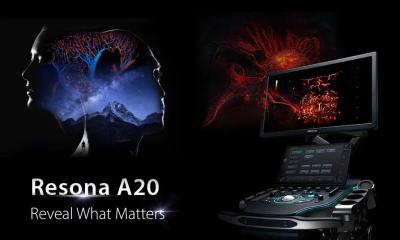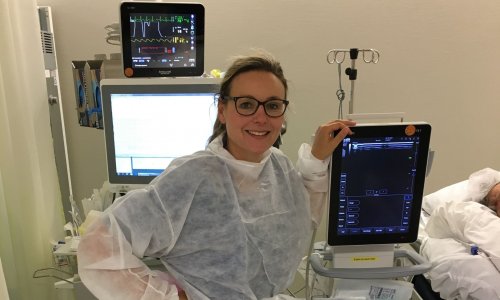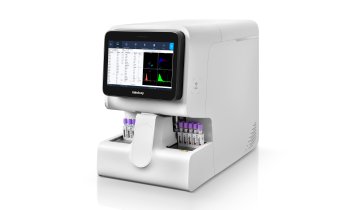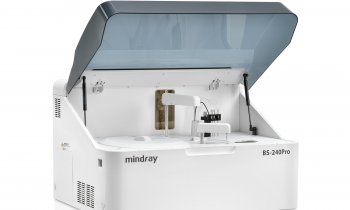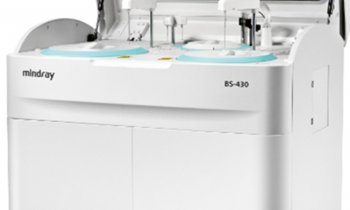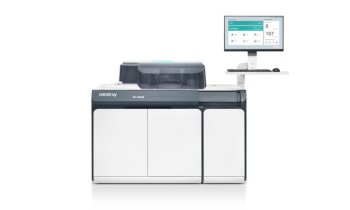‘Helping to protect our most precious citizens, our children’
Amongst the historic churches and palazzos of the Northern Italian city of Parma lies the University of Parma, which, founded in the 12th Century is one of the oldest academic establishments in the world. The city is served by Parma University Hospital (Azienda Ospedaliero-Universitaria Di Parma) a large and renowned hospital offering 1,218 public beds.

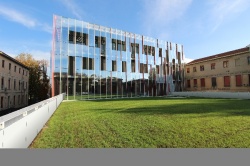
In 2013 the Hospital completed the building of the ‘Pietro Barilla’ Children’s Centre, the largest dedicated paediatric facility in the region (named after a revered Parma descendent and founder of the multinational Barilla Food Chain). Inside the building’s ultra-modern façade (pictured) it provides 99 beds over a surface area of about 14,000m2 divided between neonatal observation, Intensive neonatal care, intensive paediatric care and onco-haematologic outpatients.
Light, child-friendly rooms and large recreational areas provide a homely and reassuring environment for patients. The architecture and interior design, developed by Architect Sergio Beccarelli from Policreo S.r.l. and Associates, facilitate high efficiency medical procedures without appearing cold or unwelcoming; a successful example of the humanisation of healthcare architecture.
In 2012, the Children’s Hospital issued a tender for a comprehensive patient monitoring system based on patient-driven medical care. The devices needed to provide high-speed communication capability, prompt failure recovery, 24/7 monitoring and be operational over numerous clinical applications throughout many medical departments and across a variety of points of care. Engineer Ennio Amori, Director of the Medical & IT Technologies Department at the site, helped to conduct a preparatory Health Technology Assessment (HTA) as a preliminary part of the bid selection procedure. Amori and his technical working group considered architectural issues such as performance, reliability, manoeuvrability, user-friendliness, stability, scalability and interoperability. On the purchasing side, warranty, competence, maintenance support, software and IT support, proactive communication and overall cost balance were part of the bid selection procedure, evaluated by an Official Public Commission. Professor Giancarlo Izzi, Paediatrician and Director of the Children’s Oncohaematology Facility also participated in selecting the type of patients needing monitoring and assessing the ability for system integration with the hospital’s HIS/ADT/EMR and PACS networks. The networking capacity was also considered to assess if the patient monitors could be run from separate or shared network and use digital telemetry or wireless communication (WiFi).
Ennio Amori said, ‘After the official award of contract to the successful tender, Mindray thoroughly analysed the clinical and spatial scenarios and discussed the various possibilities with clinical and nursing end users and clinical engineering personnel. These discussions helped shape a very detailed proposal of the architectural layout covering the Neonatal Intensive Care Unit (NICU) and the surgical department, the isolation ward for contagious diseases and the onco-haematology department.’
Around 60-70 sets of Mindray’s BeneView T1, T5 and T8 patient monitors were chosen to equip the Children’s Hospital. The BeneView T1 monitor was selected for the Children’s General Ward for its small size, portability and comprehensive patient monitoring information. As a module, the T1 connects to the BeneView bedside patient monitor and can be quickly unplugged to follow and monitor the patient throughout transport and points of care. Thus, BeneView T1 offers seamless data transfer and guarantees the continuity of monitoring information. Multiple monitoring parameters are handled by the T1 including ECG diagnosis, respiratory care, non-invasive blood pressure, oxygen saturation, body temperature, heart rate and other basic parameters.
When connected wirelessly to the Hypervisor VI central monitoring system, all information from BeneView T1 can be viewed from the nurse station, or from any bedside monitor in the network. What is more, there is a TV screen in every ward at the Parma Children’s Hospital, allowing children to watch their favourite TV programmes. However, when the doctors come in during a regular ward round, the cartoon will shift to the information from T1, so the doctors can have a clearer view of patient monitoring parameters from the big screen.
Ennio Amori: ‘In our eyes, the bidding medical equipment suppliers are meant to act as consultants and partners and not mere equipment providers. We now consider Mindray such a valuable partner, advising us on appropriate monitoring devices for each application, providing the hospital with comprehensive training and support and answering the needs of our tender perfectly.’
Nicola Pagliarulo, General Manager of Mindray Medical Italy added, ‘We are particularly proud of our patient monitoring solution at Parma Children’s Hospital. There’s nothing more satisfying than seeing how Mindray technologies provide life-saving support for even the most fragile and vulnerable newborns at Parma. I can safely say that this is the most gratifying and heart-warming part of my job.’
16.05.2014



